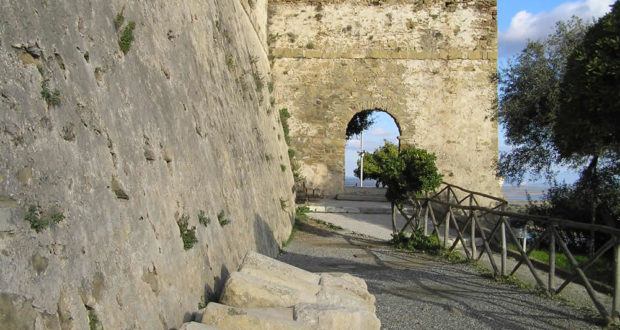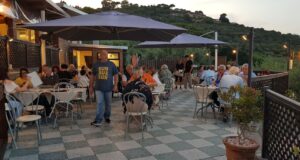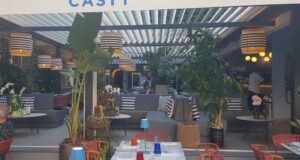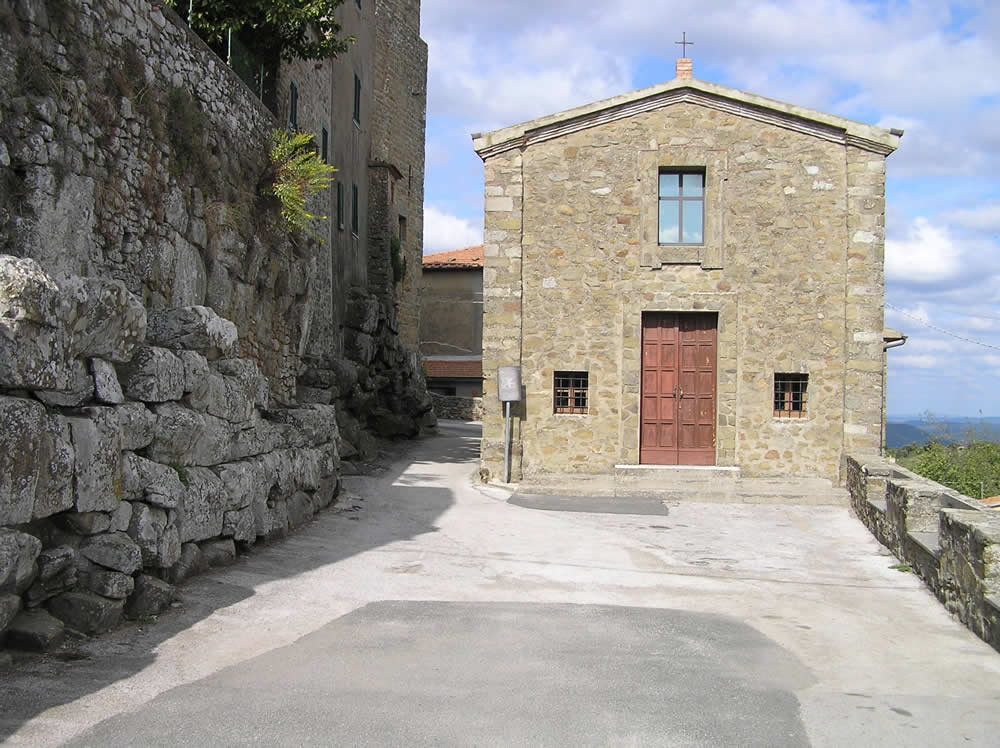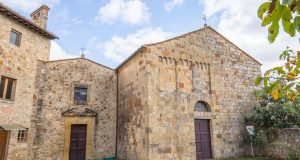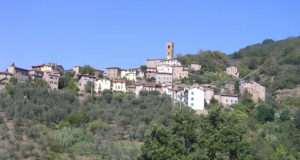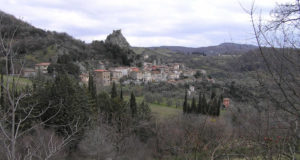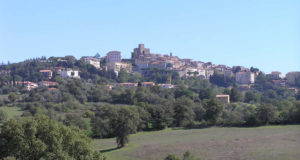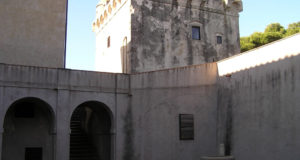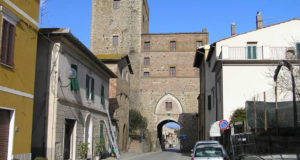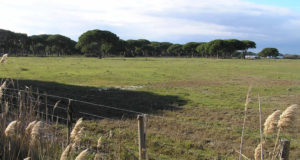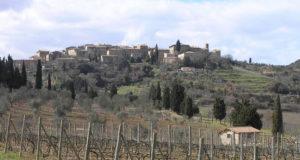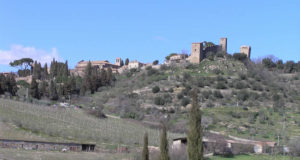![]() Français
Français ![]() Deutsch
Deutsch ![]() Español
Español ![]() Italiano
Italiano
The famous seaside resort of Castiglione della Pescaia is dominated above all by an imposing medieval castle which encloses the historic center of the town with its walls. The castle of Castiglione della Pescaia was built around a tower built by the Pisans in the 10th century to which, later, sections of the wall were added which join it to two towers incorporated in the walls.
The walls that surround the town were built starting from the 10th century and are formed by the remains of two different walls. The first circle dates back to the Pisan era and dates back to the X-XIII century, it enclosed both the upper and lower parts of the town.
Subsequently, in the 15th century, the lower part of the town was abandoned and the new walls were built exclusively to defend the village located on the hill. In the walls of the upper village there are three gates: the Porta Urbica, built in 1608, the Porta di San Giovanni Battista and the Porta a Mare. A fourth gate, the Portaccia, is located in the oldest section of the walls, the one built by the Pisans around the lower village. Here are also the remains of some towers.
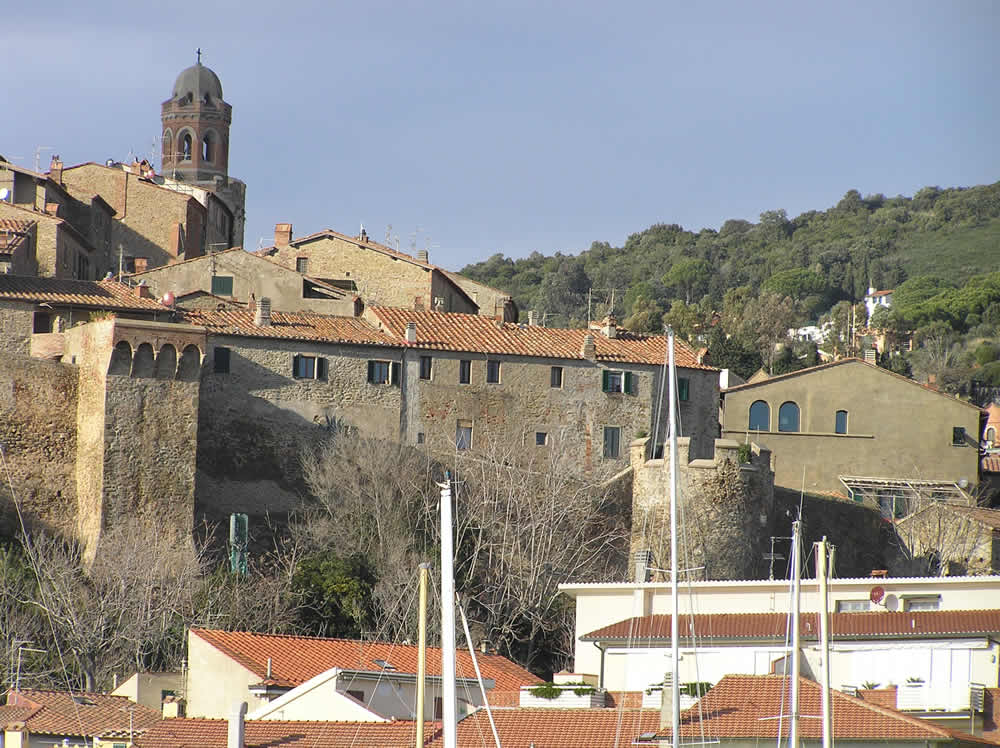
THE HISTORY OF THE CASTLE
At the time of the Etruscans (IX-III century BC), a large salt lake, called Lago Prelius (Lake Prile), joined the sea where Castiglione della Pescaia is today. The lake was healthy and important cities such as Roselle and Vetulonia developed along its banks. Where Castiglione is today was the port of Salebrum, a port of little importance. Subsequently during the Roman era, it became a refreshment point on the Via Aurelia, always in the same period another Roman settlement arose on the Clodia Island.
With the fall of the Roman Empire, the Castiglione area declined. In the Middle Ages between the 10th and 13th centuries, the area was subjected to Pisan influence. In this period, the fortification works of Castiglione (called Castellione de Piscaria at the time) began, a large 16-metre high tower was built with a scarp base on the highest point of the hillock, later a wall was built around the country, strengthened by towers and keeps. In the 13th century the town became a free municipality.
Subsequently the castle of Castiglione della Pescaia experienced the domination of Siena. In 1446 the town was occupied by the Aragonese, who rebuilt and restored the walls. Castiglione della Pescaia was sold in 1559 as a dowry of Eleonora di Toledo to Cosimo I de’ Medici, lord of Florence. Under the Medici government there was a partial rebirth of the area. The Medici tried to repopulate the area by transferring families of northern origin to the Castiglione lake area.
THE RECLAMATION OF MARSHES
In 1765, under the government of the Grand Duke of Tuscany Pietro Leopoldo I the reclamation works of the marshy areas began, which were directed by Leonardo Ximenes, a Jesuit, astronomer and plumber. He had a canal built on the mouth of which he had a building erected, the Casa Rossa, with cataracts to regulate the outflow of water. Subsequently, in the period 1828-1838, other reclamation works were carried out, this time under the direction of Giorgini, a mathematician, who divided the coast into five basins to favor natural drying. In 1827, the Giorgini bridge was built on the Castiglione river, with three spans, with cataracts opening towards the sea.
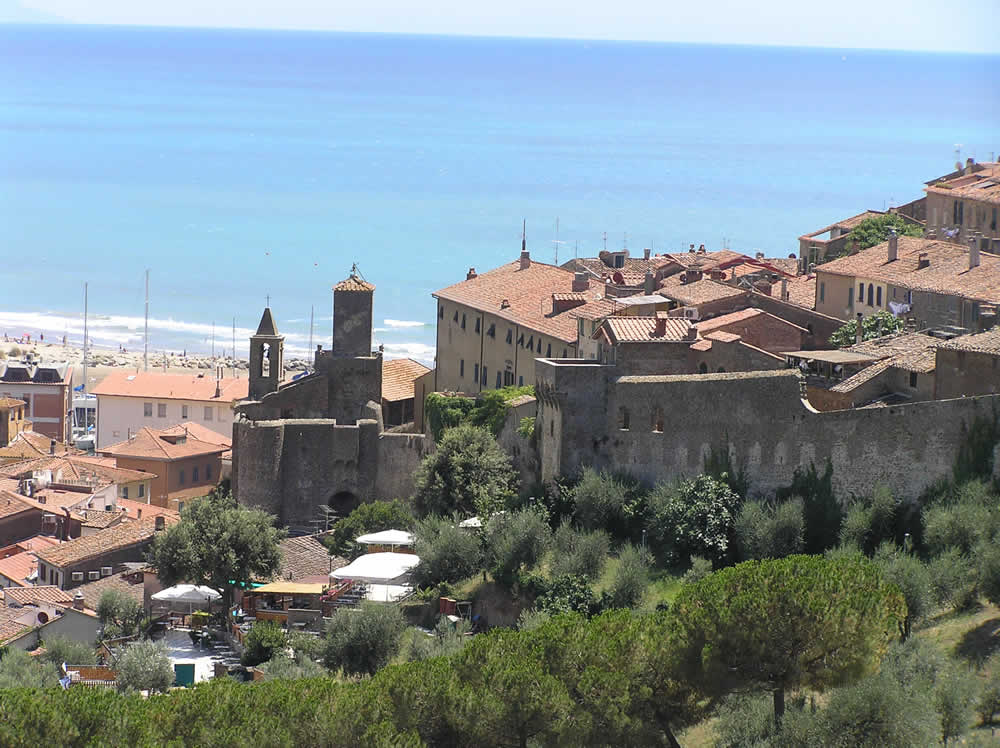
The village of Castiglione enclosed by the walls lends itself above all to a beautiful historical walk. From the central square of the village it is possible to reach the upper village via a steep climb. You arrive at a door that leads inside the walls. Always from the main square to get to the castle it is also possible to pass through the splendid gate of Santa Maria del Giglio and then climb another steep climb to the castle. From here you can admire wonderful views of the coast. To the north, the Rocchette and the island of Elba are visible. While to the south the view extends towards the marsh of Diaccia Botrona and towards the Uccellina Mountains, the Maremma Natural Park, the Argentario and the island of Giglio. On clear days off towards the sea, the island of Montecristo is visible and sometimes the mountains of Corsica are also visible.
Written by Marco Ramerini.
 Borghi di Toscana Guida ai borghi e ai paesaggi della Toscana
Borghi di Toscana Guida ai borghi e ai paesaggi della Toscana
